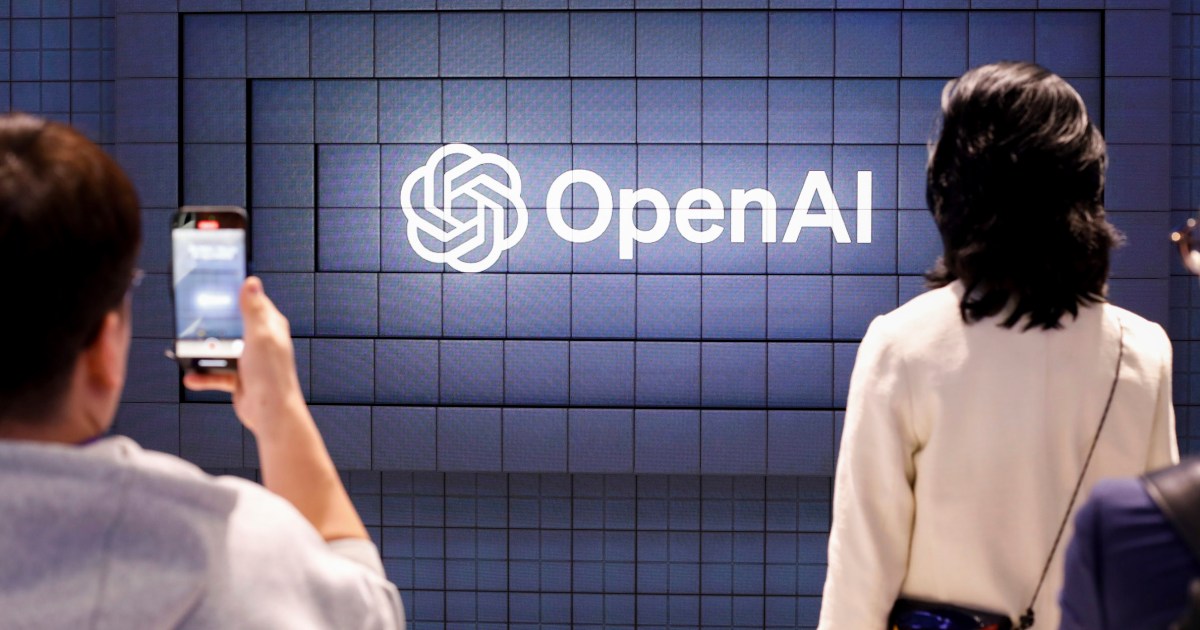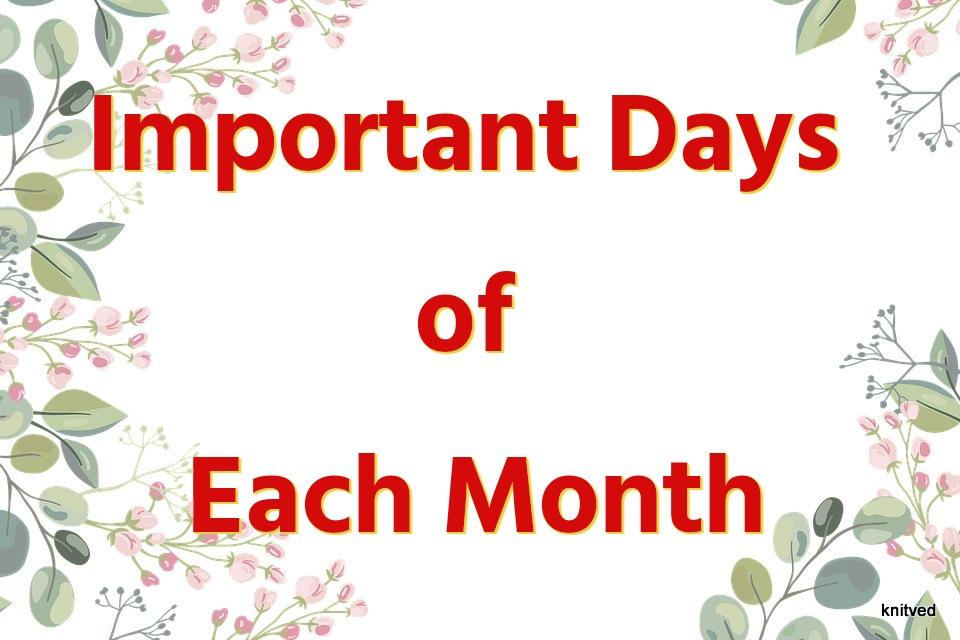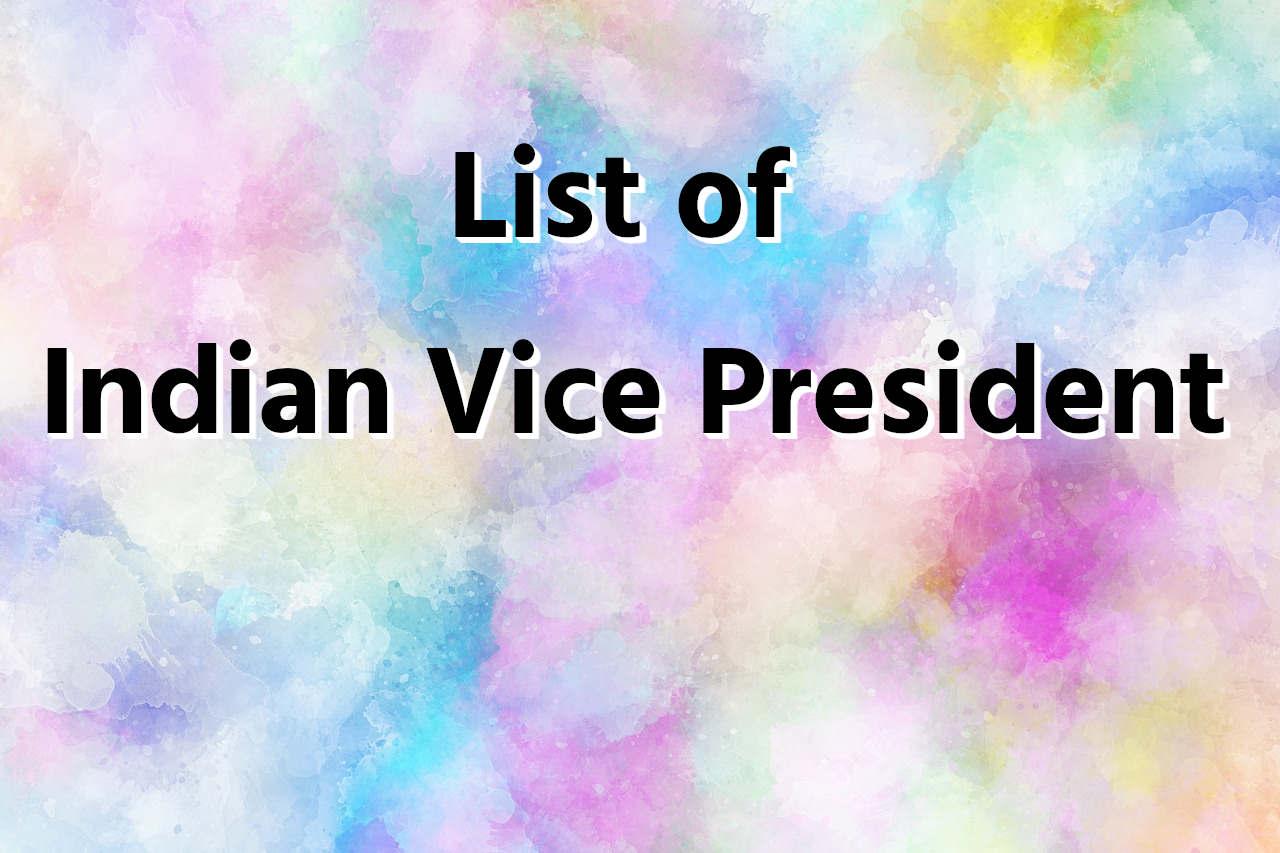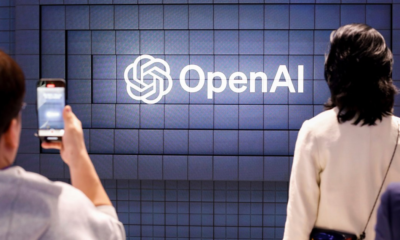Tech News
Fewer people using Elon Musk’s X as it struggles to keep users – NBC News

Profile
Sections
tv
Featured
More From NBC
Follow NBC News
There are no new alerts at this time
The number of people using X daily is falling, more than a year after tech billionaire Elon Musk bought the app formerly known as Twitter.
Data from two research firms and figures published by Musk and X suggest a deteriorating situation for X by some metrics. Musk has marketed it as the world’s “town square,” but in number of users it continues to lag far behind social media rivals that focus on video, such as Instagram and TikTok.
In February, X had 27 million daily active users of its mobile app in the U.S., down 18% from a year earlier, according to Sensor Tower, a market intelligence firm based in San Francisco. The U.S. user base has been flat or down every month since November 2022, the first full month of Musk’s owning the app, and in total it’s down 23% since then, Sensor Tower said.
The numbers were nearly as bad worldwide, as daily active users on the mobile app fell to 174 million in February, down 15% from a year earlier, the firm said. The worldwide user base has been flat or down every month during Musk’s tenure began except one, when it grew slightly in October and then resumed falling, according to Sensor Tower.
Other social media apps experienced modest increases in their worldwide user bases during the same period, according to the research, with Snapchat growing 8.8%, Instagram 5.3%, Facebook 1.5% and TikTok 0.5%. Those apps all experienced declines over that period in the U.S., but none was as steep as the decline on X.
X had “the most material decline in active users compared to its peers,” Abe Yousef, a senior insights analyst at Sensor Tower, wrote in a research report.
“This decline in X mobile app active users may have been driven by user frustration over flagrant content, general platform technical issues, and the growing threat of short-form video platforms,” he wrote.
Under Musk’s ownership, X has relaxed content moderation rules that previously limited hateful content, such as white supremacist imagery, and Musk has welcomed back to the platform some users whom the old Twitter management had banned. In December, he reinstated the accounts of conspiracy theorist Alex Jones and his Infowars website and then held a public audio-only event with Jones.
X said in a post Monday that the worldwide number is higher than what Sensor Tower data shows, with 250 million people using X every day globally. That would still be a decrease from when Musk bought the app. Musk said in 2022 that, at about the time he completed the purchase in late October, Twitter had about 258 million “monetizable daily active users,” the company’s metric at the time.
X didn’t respond to a request for additional information. It didn’t say how it defines who counts as an active user — a metric that by its name may appear straightforward but that tech platforms define differently.
On a monthly basis, X has 550 million people using it, according to the company. That figure represents growth of 1.5% since July, when Musk said X had 542 million monthly users.
Sensor Tower defines a daily active user as someone who “registered a session of at least two seconds in length, once in that day.” It says its data comes from a panel of consumers who provide access to their information in exchange for the use of other apps, including apps that track screen time.
Advertisers have also left X, Sensor Tower said, with 75 out of the top 100 U.S. advertisers on X from October 2022 having ceased ad spending on it. The exodus spiked toward the end of last year, after Musk publicly embraced an antisemitic conspiracy theory and told advertisers at a conference in New York, “Go f— yourself.”
In recent days, Musk has urged his 177 million followers on X to get more people onto the platform. On Sunday, he posted instructions for how to share posts with friends, a basic function of social media.
“Please send links from this platform to your friends who are still being misled by the legacy media!” he wrote in a separate post Sunday.
Musk has also shifted the platform’s business model from being almost entirely ad-supported to one that also has four subscription tiers, from free to a Premium+ service that starts at $16 a month.
Sensor Tower said that, according to its research, X’s revenue from in-app purchases last month was about $9.5 million, including for X subscriptions and payments to creators.
“This still remains just a fraction of revenue that the company was previously generating from advertising in its last year as a public entity,” Yousef wrote. Twitter in July 2022 reported $1.18 billion in revenue for the previous three months.
X has been helped by the lack of a clear text-based social media alternative. Threads, a competitor launched by Instagram and its parent company, Meta, had 1.6 million daily active U.S. mobile users in February, according to Sensor Tower, and 14 million worldwide.
Threads has a potential major advantage over other upstart apps because it is closely integrated with Instagram — users of Instagram can see Threads posts in their feeds and create accounts relatively easily. That has translated into a whopping disparity in downloads, according to a second research firm, Apptopia, based in Boston, which said Threads beat X in downloads worldwide by an 8-to-1 ratio in February.
Downloads were even more lopsided in the U.S. in February, with Threads getting about 16 downloads for every one download of X, Apptopia said.
“For microblogging platforms, X had dominant market share of app downloads right up until Threads launched,” Tom Grant, vice president of research at Apptopia, wrote in an email. “That turned market share completely on its head.”
There were 2.9 million downloads of X in the U.S. in February, up 14% from a year earlier but still below the 3.7 million in October 2022, the month Musk bought the company, according to Apptopia. Threads had 46.2 million downloads last month, Apptopia said.
Threads has ranked highly in some app store rankings lately, topping Apple’s chart for free apps Sunday and staying in the Top 4 for most of this week. X ranked No. 34 on the Apple app store Sunday and No. 30 on Friday. On Friday, Threads ranked No. 7 in Google’s Play store and X ranked No. 43.
But so far, the downloads haven’t translated into sustained growth for Threads, according to Sensor Tower. Another X competitor, Bluesky, was even smaller, with 195,000 U.S. daily active mobile users in February, according to the research firm.
In its own data summary published Monday, X said that “1.7 million people join X every day.” That number is roughly triple the number of daily X downloads worldwide, according to Apptopia, and it suggests that X is growing at a rate of nearly 10% per month — far faster than any other source indicates.
David Ingram covers tech for NBC News.
© 2024 NBC UNIVERSAL
Tech News
Senators to seek billions for AI research, push for regulation – The Washington Post

Crafted by a bipartisan group of senators, the plan reviews a host of issues — including AI’s effect on the military, health care and workers. It could be released as soon as Tuesday.
A bipartisan group of senators, including Majority Leader Charles E. Schumer, will unveil a long-awaited “road map” this week for regulating artificial intelligence, directing Congress to infuse billions of dollars into research and development of the technology while addressing its potential harms.
The sprawling directive comes almost a year after Schumer (D-N.Y.) called for an “all hands on deck” push to regulate AI, saying Congress needed to accomplish years of work in months.
Tech News
Postdoctoral fellows grow research at Virginia Tech – Virginia Tech

Two new postdoctoral fellows in the Department of Computer Science have joined the growing ranks of independent scholars contributing to the discipline while growing their nascent careers.
13 May 2024
The Department of Computer Science recently added its first two Presidential Postdoctoral Fellows, JinYi Yoon and Adithya Kulkarni.
They join the ranks of more than 200 postdoctoral scholars working across every Virginia Tech college and institute to advance the pursuit of knowledge and develop into the next generation of experts in their fields.
In 2022, to support the capacity of postdoctoral fellows to initiate innovative and exciting projects, the university established the Office of Postdoctoral Affairs to serve this important community.
“Our office sees our mission as supporting postdoctoral scholars through program and resource sharing so they can develop the skills and confidence they need to excel as researchers and also go out and serve the world in whatever career they choose, post-postdoc,” said Chris Smith, postdoctoral affairs program administrator.
That same year, the competitive Presidential Postdoctoral Fellowship was established. It seeks to strengthen the university’s ability to recruit outstanding, diverse postdoctoral associates by offering up to two years of salary and benefits, $10,000 for training and professional development, as well as formal mentoring. The fellowship is offered twice a year.
Yoon and Kulkarni talked about their work and their hopes for the program
Please explain what a postdoctoral fellow is and what you’ll be doing for the department and the university. Why did you choose Virginia Tech for your postdoctoral work?
A postdoctoral fellow is a researcher who holds a doctoral degree and is involved in advanced research. My primary goal is to contribute to Virginia Tech through conducting high-quality research. Additionally, I aim to share my experience by mentoring graduate students and participating in grant writing initiatives. I aspire to nurture long-term collaborations for sustained research projects and draw diverse international researchers to the university.
Virginia Tech offers an ideal environment for my research interests due to its strong faculty expertise, research centers, and industry collaborations. These centers facilitate potential collaborations with artificial intelligence (AI) experts, while the university’s partnerships with industries perfectly align with my research focus on edge intelligence and intelligent network systems.
Also, I am working with Bo Ji, and his work in machine learning (ML), networking, security/privacy, and mixed reality, particularly in edge intelligence, aligns well with my research objectives. His mentorship, conference organization, academic networking, grant pursuit, and curriculum development opportunities are essential for my future career as an educator, and I anticipate collaborating with other mentors and fellows to enhance our collective efforts. In addition to that, I really like Blacksburg.
What are you hoping to accomplish with your postdoctoral research?
Certainly, the most important focus is to conduct high-quality research in collaboration with Virginia Tech. My research interests are centered around machine learning-driven networked systems, particularly in the domains of edge intelligence and federated/split learning. Edge intelligence, also known as edge AI, refers to AI on edge devices such as smartphones or other devices located close to where data is generated, often near the user.
Although this area is both timely and captivating, it necessitates an understanding of both networking and AI concepts. While I currently align more closely with networked systems researchers, I aim to use my time at the university to develop into a proficient ML-driven networked systems researcher. I am deeply committed to becoming a researcher and educator, and this fellowship presents an invaluable opportunity to advance toward these goals, contributing to the ongoing research endeavors at Virginia Tech. I am very excited about collaborating with fellow postdoctoral researchers across diverse fields of study with the guidance of respected mentors, and this collaboration sets the stage for sustained research projects.
What advice do you have for students interested in becoming a postdoctoral fellow?
It’s quite a challenging question, as this is my first postdoc position. So far, I’ve come to realize that it is important to clarify long-term career goals and research interests. While it is possible to explore a wide range of research areas, as a postdoc and independent researcher, having a specific — yet flexible — focus can be advantageous. This does not mean doing the same things as before; instead, I want to emphasize the need to broaden your research experience without losing sight of your unique perspective.
Although it may be difficult to find a university or research institution that aligns with your research interests, once you secure a position, I believe the postdoc experience becomes invaluable for building professional relationships with fellow researchers and peers in your field, extending beyond the scope of your Ph.D. studies.
Please explain what a postdoctoral fellow is and what you’ll be doing for the department and the university.
The postdoctoral fellowship is a research-oriented position to train me for the next steps in my career and help me grow as a researcher, mentor, and lecturer. As a postdoctoral fellow, I will be combining the power of graph learning and large language models (LLMs) to develop approaches that enable explainability, interpretability, replicability, and, thus, the general robustness of LLMs. Furthermore, I will be mentoring graduate students working with my advisors Dr. Dawei Zhou and Dr. Lifu Huang. I plan to teach introductory computer science courses at Virginia Tech.
Why did you choose Virginia Tech for your postdoctoral work?
I adore the research work conducted by my advisors, Dawei Zhou and Lifu Huang. With their mentorship and guidance, I want to strengthen my research capabilities and increase the scope of my research. Furthermore, I learned about the exceptional training and support the Office of Postdoctoral Affairs provides to help postdocs grow professionally. I also wanted to be part of the vibrant community at Virginia Tech.
What are you hoping to accomplish with your postdoctoral research?
With my research, I plan to address hallucination issues faced by LLMs and overcome the requirement of labeled data for training LLMs. My research will apply to many domains, such as e-commerce, biomedicine, social networks, and natural language processing in general. Within computer science research, my work will drive research forward toward LLM explainability, interpretability, and general robustness. My postdoctoral research will continuously generate research papers, workshops, and tutorials on natural language processing, AI, data mining, and machine learning conferences.
What advice do you have for students interested in becoming a postdoctoral fellow?
A postdoctoral fellowship will help you strengthen your understanding of the research in your field of study and help you grow as a researcher and mentor. You will learn to become an independent researcher and gain mentorship experience, which will be pivotal to having a successful career both as a research faculty or as a researcher in a corporate setting. The experience of your advisors will help you gain exposure to research, grant writing, and teaching courses, which are seldom learned during a Ph.D. Virginia Tech has exceptional postdoctoral training and support, and I suggest becoming a postdoctoral fellow to grow professionally.
Written by Tayler Butters, a senior English major in the College of Liberal Arts and Human Sciences
Chelsea Seeber
540-231-2108
Virginia Tech demonstrates impact as a global land grant – progressing sustainability in our community, through the Commonwealth of Virginia, and around the world.
Get Directions
See All Locations
Contact Virginia Tech
For the media
© 2024 Virginia Polytechnic Institute and State University. All rights reserved.
Tech News
OpenAI’s newest AI model can hold a humanlike conversation – NBC News

Profile
Sections
tv
Featured
More From NBC
Follow NBC News
There are no new alerts at this time
OpenAI has introduced its most comprehensive artificial intelligence endeavor yet: a multimodal model that will be able to communicate to users through both text and voice.
GPT-4o, which will be rolling out in ChatGPT as well as in the API over the next few weeks, is also able to recognize objects and images in real time, the company said Monday.
The model synthesizes a slew of AI capabilities that are already separately available in various other OpenAI models. But by combining all these modalities, OpenAI’s latest model is expected to process any combination of text, audio and visual inputs more efficiently.
Users can relay visuals — through their phone camera, by uploading documents, or by sharing their screen — all while conversing with the AI model as if they are in a video call. The technology will be available for free, the company announced, but paid users will have five times the capacity limit.
OpenAI, which is backed by Microsoft, also announced a new desktop app for ChatGPT, its popular chatbot first launched in 2022, on MacOS.
Mira Murati, chief technology officer at OpenAI, said during a livestream demonstration that making advanced AI tools available to users for free is a “very important” component of the company’s mission.
“This is the first time that we are really making a huge step forward when it comes to the ease of use. And this is incredibly important because we’re looking at the future of interaction between ourselves and the machines,” Murati said. “And we think that GPT-4o is really shifting that paradigm into the future of collaboration where this interaction becomes much more natural and far, far easier.”
Team members demonstrated the new model’s audio capabilities during the livestream, and shared clips to social media.
An AI assistant that can reason in real time using vision, text and voice would enable the technology to perform a creative range of tasks — such as walking users through a math problem, translating languages during a conversation and reading human facial expressions.
GPT-4o’s response time is much faster than previous models, Murati said in the livestream. The model significantly improves the quality and speed of its performance in 50 different languages.
It matches GPT-4 Turbo, its latest generation model before GPT-4o, in English and code abilities, according to an OpenAI blog post about the news.
It also surpasses existing OpenAI models in vision and audio understanding, the company wrote. CEO Sam Altman wrote in his own blog post Monday that GPT-4o’s new voice and video features are the “best compute interface [he’s] ever used.”
“It feels like AI from the movies; and it’s still a bit surprising to me that it’s real. Getting to human-level response times and expressiveness turns out to be a big change,” Altman wrote. “The original ChatGPT showed a hint of what was possible with language interfaces; this new thing feels viscerally different. It is fast, smart, fun, natural, and helpful.”
Voice capabilities in ChatGPT are not new — the model has offered users a conversational voice assistant since last fall. But unlike its existing voice mode, Murati said, GPT-4o’s voice feature reacts in real time, getting rid of the two- or three-second lag to emulate human response times.
And unlike in ChatGPT’s previous voice mode, a conversation with GPT-4o can keep flowing even if users interrupt it mid-response. During Monday’s demonstration, Mark Chen, head of frontiers research at OpenAI, revealed that GPT-4o can read the user’s tone of voice while also generating a variety of emotion in its own voice.
This new model comes on the heels of the company’s latest — still unreleased — text-to-video model Sora, which made waves in tech and entertainment circles in recent months after it was unveiled in February.
OpenAI’s announcement also rolled out just a day before Google’s annual I/O developer conference, scheduled for Tuesday, where the tech giant is expected to give updates on its latest AI-related developments as well.
In 2023, a record $29.1 billion was invested across nearly 700 generative AI deals, CNBC reported.
Angela Yang is a culture and trends reporter for NBC News.
© 2024 NBC UNIVERSAL
-

 General Knowledge2 years ago
General Knowledge2 years agoList of Indian States and Capital
-

 General Knowledge2 years ago
General Knowledge2 years agoList Of 400 Famous Books and Authors
-

 Important Days4 years ago
Important Days4 years agoImportant Days of Each Month
-

 General Knowledge2 years ago
General Knowledge2 years agoCountries and their National Sports
-

 General Knowledge3 years ago
General Knowledge3 years agoCountry Capital and Currency
-

 Important Days3 years ago
Important Days3 years agoHoli
-

 General Knowledge2 years ago
General Knowledge2 years agoList of Indian President
-

 General Knowledge2 years ago
General Knowledge2 years agoList of Indian Vice President












